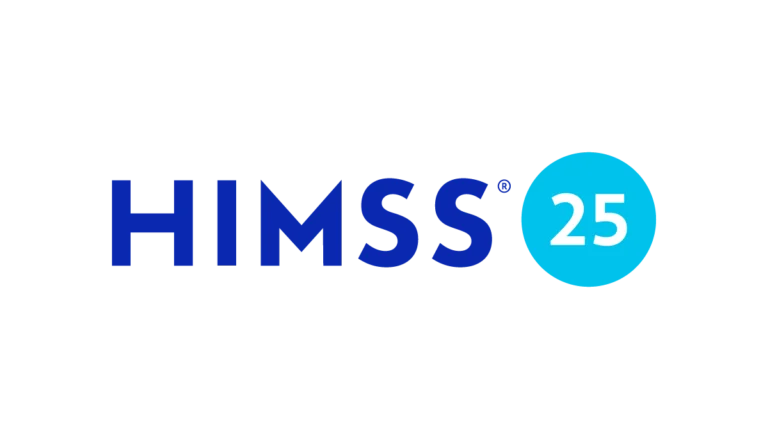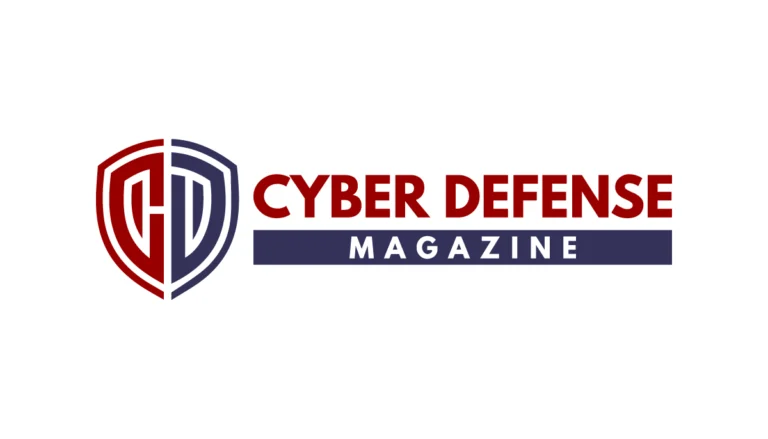Mar 18, 2015
Healthcare organizations are making a change in how they send their patient records – they’re transitioning to the cloud.
IDC reported that by 2020, 80 percent of all healthcare data will be passed through cloud. 42 percent of this data will be unprotected, with all of it needing to be.
One type of data is the most difficult and the most vital to protect – unstructured data.
Unstructured data is information about a patient’s history that does not have a pre-defined data model or application. Basically, if it can’t be easily measured or if it’s being scribbled on a page, it’s an unstructured data point. It can be found in the hard copies of physician notes and reports, discharge summaries, scanned documents, medical forms, authorizations, prescriptions, file shares, collaboration items and email messages.
Analysts from Merrill Lynch, Gartner and IBM concluded that 80 percent of all healthcare data is unstructured and clinically relevant.
Before hospitals and healthcare organizations can store this data electronically, there has to be a solution to control who can access it. Doing so will improve interoperability, and in turn, patient care. The current method involves tools such as email, paper, and old-school fax machines, causing chaos for healthcare professionals.
In response, the industry is adapting to new technologies while struggling to keep the security of patient records a top priority.
Healthcare organizations can now solve this problem with a reliable source of secure transportation – a fax board in the cloud.
Fax machines have a reputation for being slow, but this is no longer the case. By leveraging the cloud, fax becomes a lightning fast form of transportation that can send a 50 page document in seconds, when it previously took 30 minutes.
Prior to ETHERFAX, all fax servers were bottlenecked by transport. Now, healthcare organizations have the ability to send more than 100 fax pages in seconds. They can transmit unstructured data faster than the old fax machine without compromising security or reliability.
Traditional forms of communication like email and paper records can cause security vulnerabilities, setting off the one event that both patients and healthcare professional want prevented – a data breach.
To learn more about how ETHERFAX is securely transmitting unstructured data for the healthcare industry and how to prevent a data breach in your organization, download our whitepaper.



